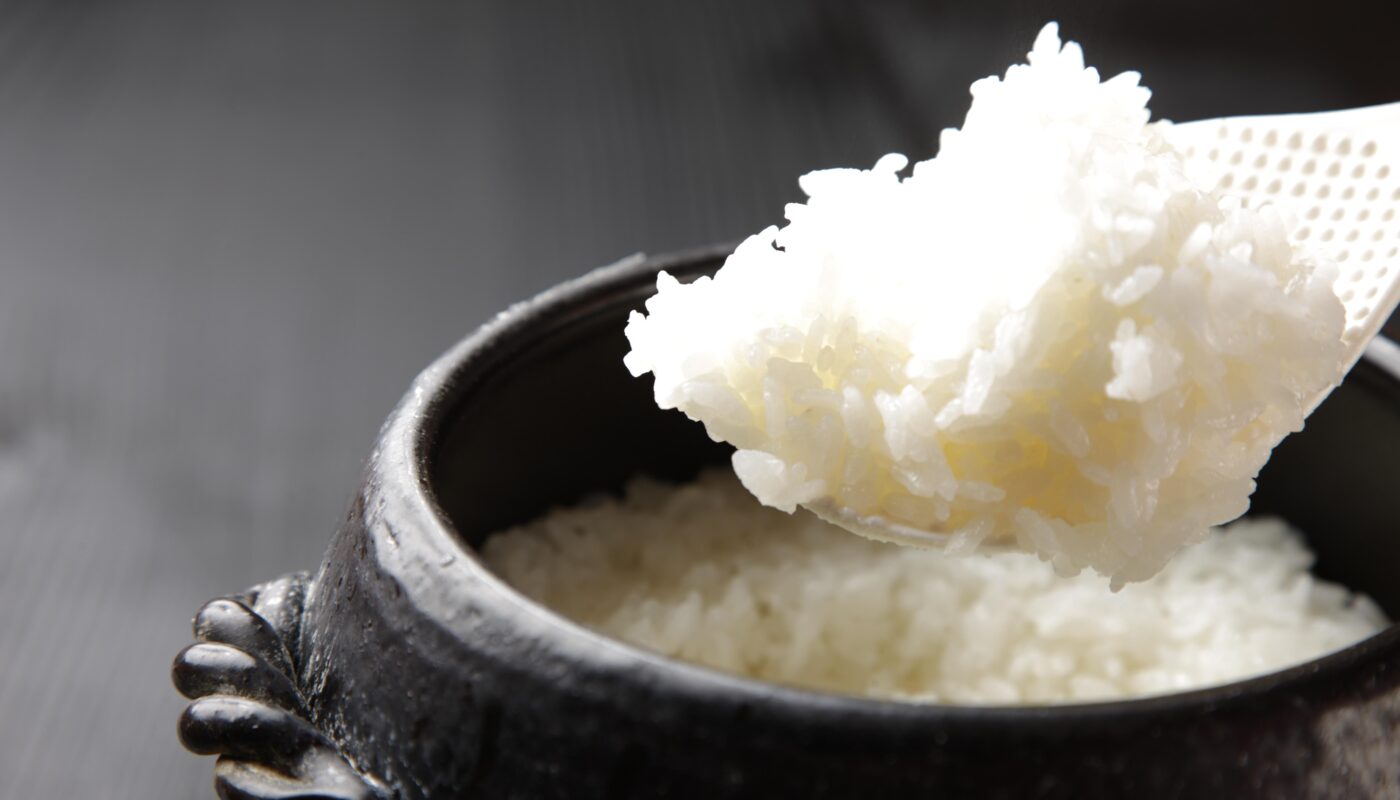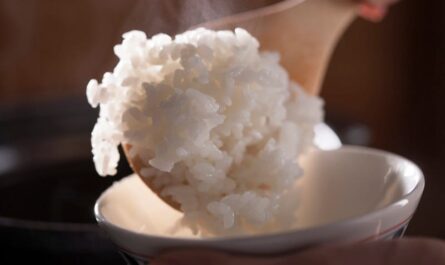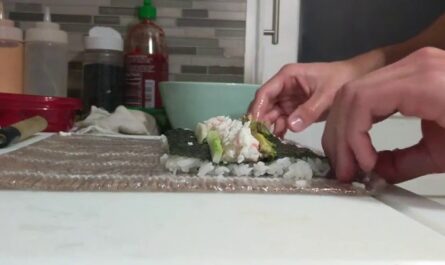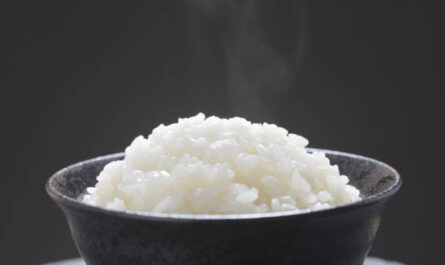Whether you’re a seasoned sushi aficionado or a curious beginner, understanding the art of mixing sushi rice without mash is a vital step toward culinary excellence. Imagine this: perfectly fluffy, delicately tangy, and gloriously shiny sushi rice that holds its shape and complements the freshest sashimi or tempting rolls you love so much. This quest for perfection begins with how you handle the grains right after they’re cooked and ready to be transformed.
The process of mixing sushi rice without turning it to mush might seem daunting, but with the right technique, you can achieve the perfect balance between texture and flavor. Let’s dive into a detailed exploration where we will discuss key topics such as rice selection, preparation, and the mixing methods that protect the integrity of individual grains.
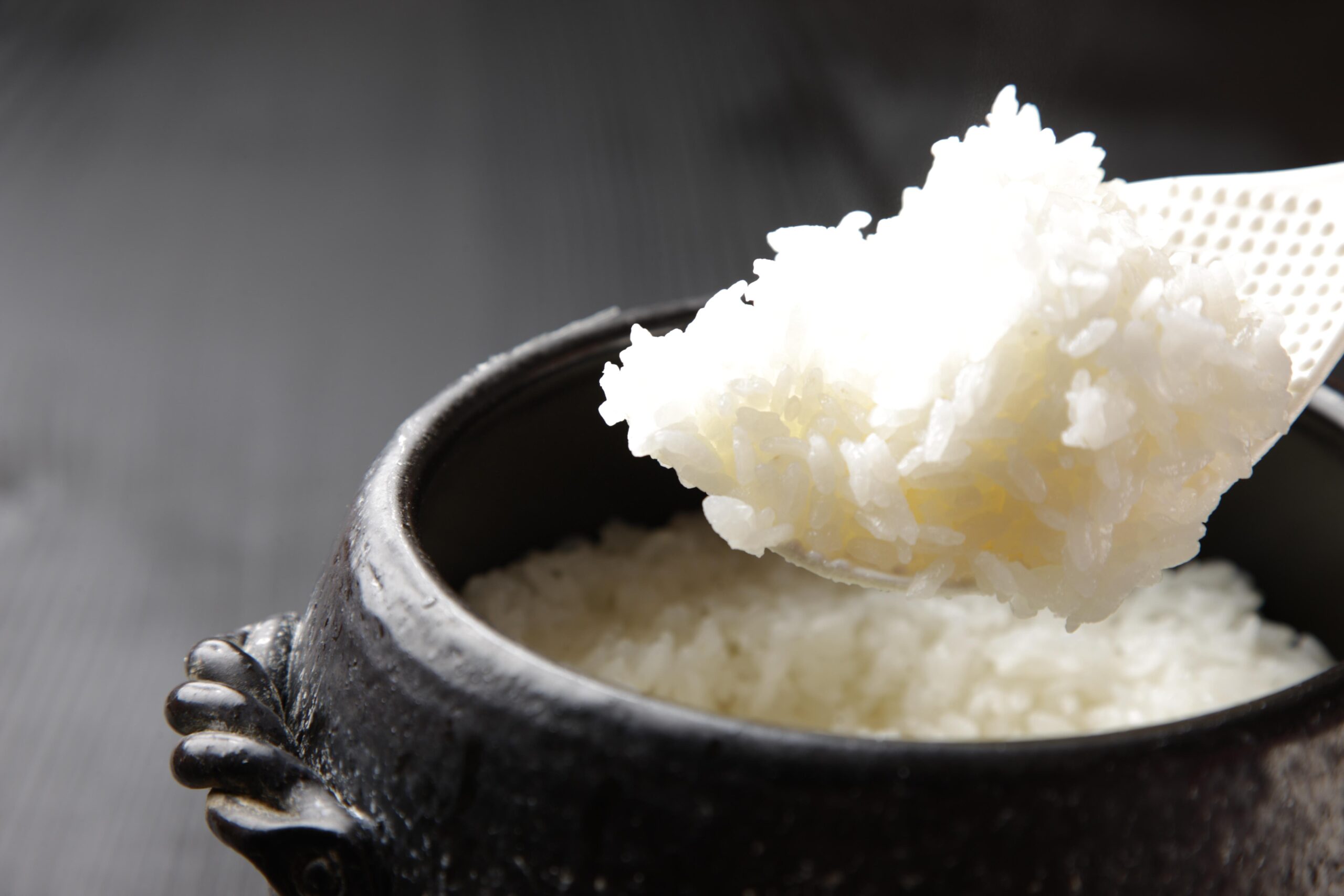
Understanding the Basics of Sushi Rice
Before the mixing journey begins, it’s crucial to select the right type of rice. Sushi rice is typically made with high-quality, short-grain rice known for its stickiness and ability to hold flavor. For those eager to learn more about the varieties fit for sushi, The Culinary Pro provides insights on various rice types.
Choosing the Right Rice
The foundation of mixing sushi rice without mash starts with the right short-grain rice variety. These grains are essential in achieving the desired texture for your sushi. Learn more about short-grain rice types that are specifically suited for sushi.
Why Proper Rinsing Matters
Rinsing rice is an overlooked but vital step. Removing excess starch through rinsing is key in preventing rice from clumping. It also ensures the grains do not overcook and end up too sticky when mixed. Follow the tips from soaking sushi rice tips to perfect this stage.
Perfect Rice Cooking Techniques
Cooking sushi rice requires precision. You need a pot that distributes heat evenly, ensuring each grain is cooked to perfection. It’s worthwhile to check out ideal pots for cooking sushi rice to enhance your preparation.
Steaming: Lock in Moisture
After cooking, let the rice steam with the lid on for about 10 minutes. This resting phase allows the moisture to distribute evenly, setting the stage for perfect mixing.
The Art of Mixing Sushi Rice
When it comes to the actual mixing of sushi rice, technique is everything. The goal is to incorporate the sushi vinegar evenly without damaging the grains. A bit of finesse and the right tools go a long way.
Tools of the Trade: Use a Wooden Paddle
Using a wooden paddle is essential. Its gentle on the rice, helping to break up any clumps without mashing the grains. Learn more about keeping your sushi tools fresh and clean at keeping sushi tools odor-free.
Fanning: Achieve Perfect Shine
To complete your mixing, a gentle fanning can cool the rice while adding a beautiful sheen. This small step enhances the visual appeal and prevents overcooking, which could lead to unwanted mashing.
Balancing Sweet, Sour, and Salty
Using sushi vinegar is crucial. It offers the optimal balance of flavors that accentuates the sushi experience. Dissolve sugar and salt into rice vinegar, then gently mix with the rice using the folding technique.
Preserving Temperature and Texture
One of the final steps in the rice mixing process is to maintain the rice at a warm temperature. It ensures the rice remains supple and pleasant while applying it to sushi rolls or molds.
Creative Presentation Tips
After mastering the texture and flavor, take a moment to present your sushi beautifully. Explore styling tips with insights on simply styling sushi for that ‘picture-perfect’ moment.
Conclusion: Mastering the Mix
Mastering mixing sushi rice without mash enhances your sushi making skills, elevating the dining experience in subtle but powerful ways. Its about respecting the delicate nature of each grain and letting simple yet effective techniques amplify tastes.

Frequently Asked Questions
Why does rice get mushy?
Rice can become mushy due to overcooking or not rinsing away enough starch before cooking, which leads to excess moisture and clumping.
What type of rice is best for sushi?
Short-grain japonica rice is ideal due to its sticky nature and size, which provides the best texture and taste for sushi.
Can I use regular rice for sushi?
While possible, regular rice lacks the specific texture and flavor profile, which are crucial for authentic sushi. Choose short-grain varieties for best results.
This article contains affiliate links. We may earn a commission at no extra cost to you.

